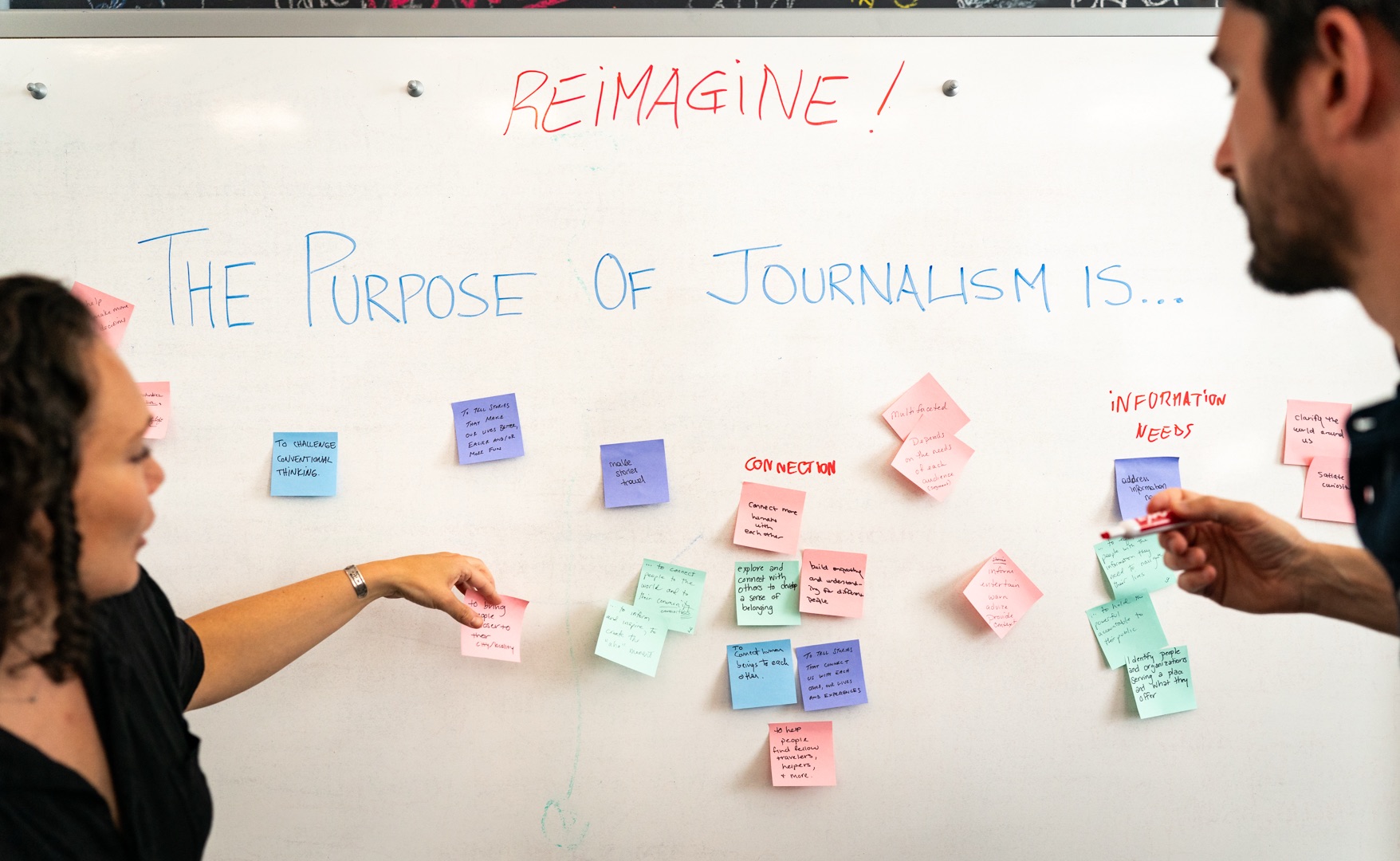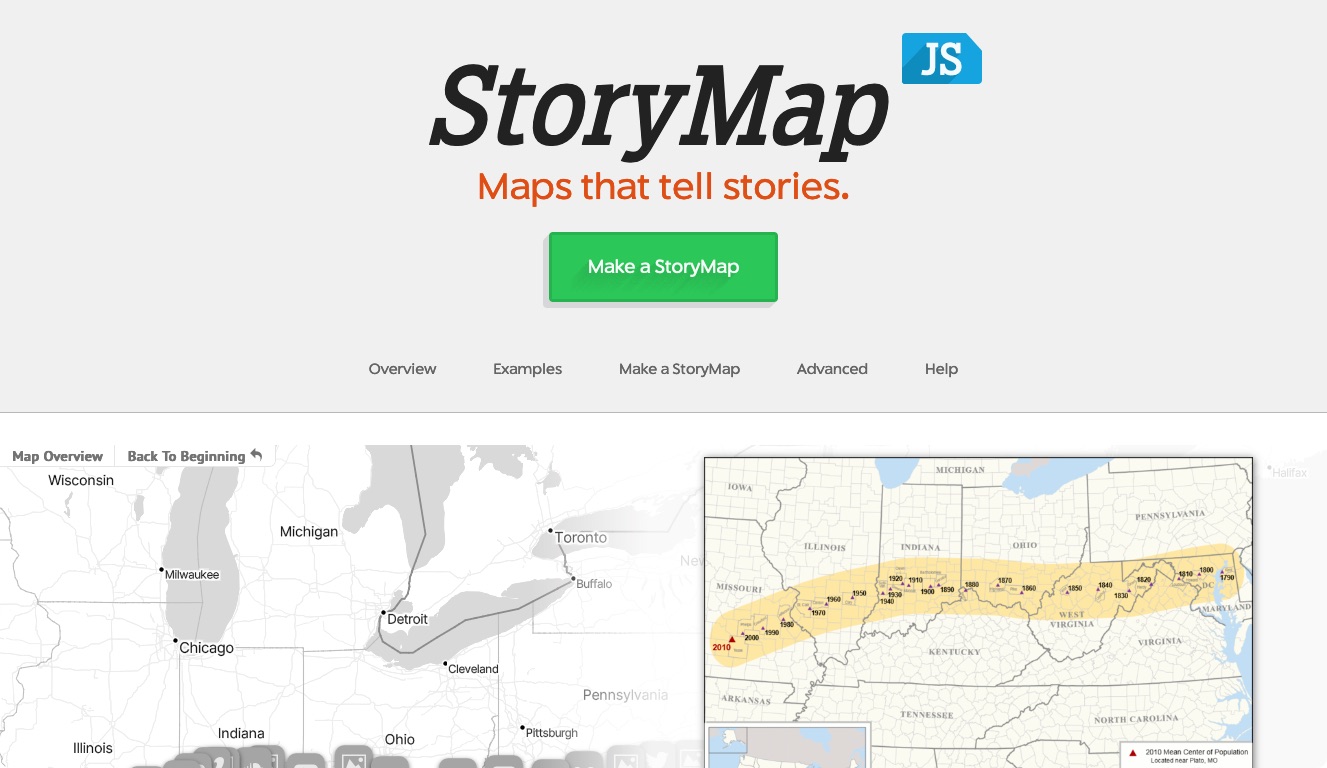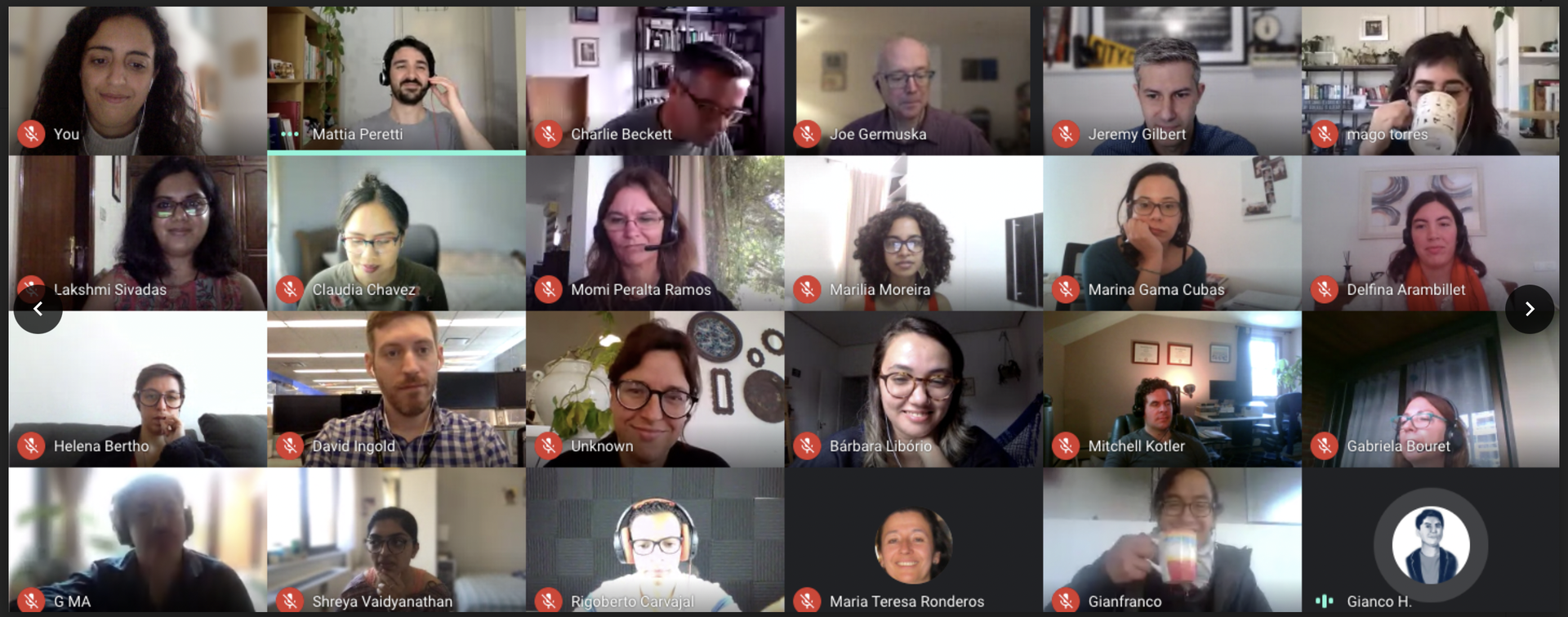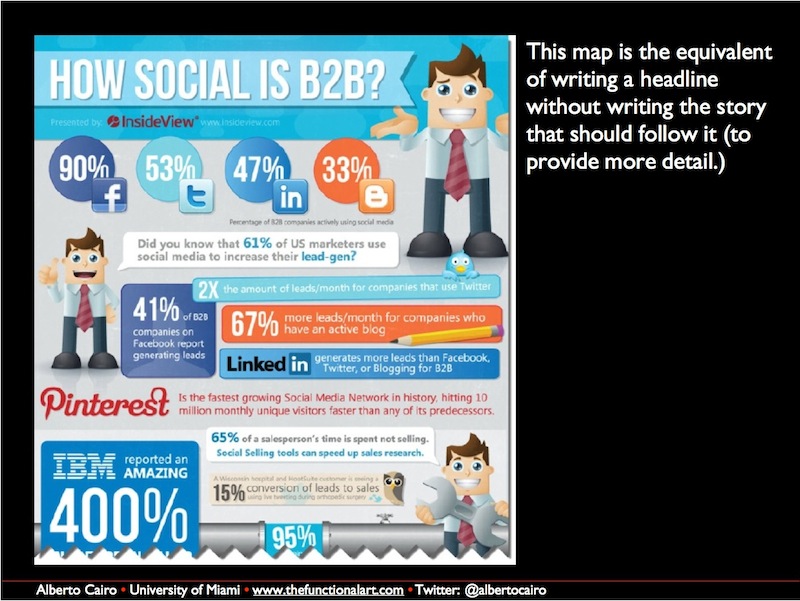
Alberto Cairo gave the first talk I saw at NICAR. The room was packed. He is the author of The Functional Art, maintains a blog the same name, and has become a highly respected expert in data visualization.
Cairo’s talk was titled "NewsCamp::The next generation of data viz," and he made the slides available.
Cairo said something that really stood out for me. “We should not focus on the technical side when we talk about the future of visualization.”
He elaborated that while it is important to learn how to code, no one should focus on the technology over the end product because the technology will change.
From there he listed some predictions. My favorite was number 3, “we will embrace the idea that designers can encode their data more than once.”
That follows the journalistic ideal of always asking questions. Each method of displaying the data essentially answers a different question.
Cairo has taught three Massive Open Online Courses (MOOCs) about data visualization; I was part of the second offering. It was very instructive and hopefully it will be available again soon.
Cairo gave some great pointers to think about when creating data visualizations, but nothing compares to actually creating some. Luckily, Google has created a product called Fusion Tables that make aggregating, combining and displaying data very simple.
It is even possible to incorporate those displays on other pages, such as a blog, but keep in mind what Cairo said about not falling in love with a specific technology.
Even if Google products are not used for the final result, they are great for prototyping.
Daniel Lathrop gave a talk, “Fusion Tables for beginners” and posted his slides on GitHub.
The talk is easy to follow; the only catch being the original census file is no longer available. I created a Fusion Table with the data and shared it.
https://www.google.com/fusiontables/data?docid=1I--hLB-JU5f8B1doRBRI0XpJ8KKh4vEF4MxwQ8s#rows:id=1
The real magic happened when merging. One change from the slides is you need to select “File => Merge” instead of “File => File table to merge with.”
From the merge screen, paste this URL into the box labeled ‘Or paste a web address here:’
Just like the slides suggest, you’re merging the original zipcode column with ZCTA5CE10, which is basically a fancy way of saying zip code.
From there, it is an easy step to see the data on a Google Map.
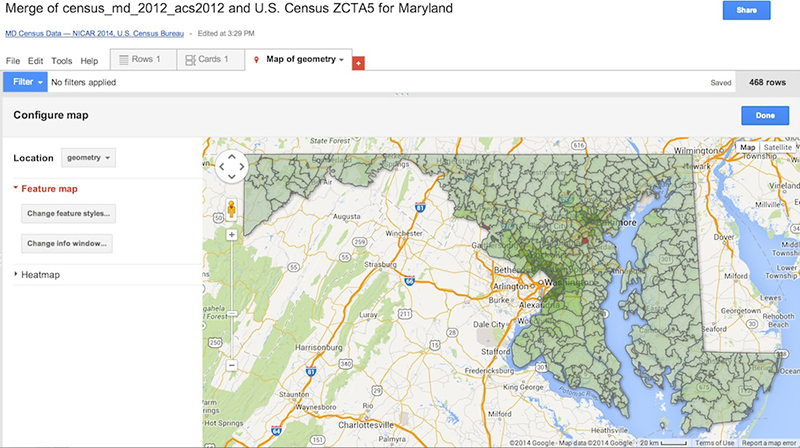
A similar process was done by Tim Henderson who looked at the rate of Section 8 housing by census tract in the suburbs north of New York City.
After two days my head is reeling with new information and ideas about how to use the tools I am discovering. Once the tools are seen in action they really become a lot easier to think about and I can’t wait to start applying them.
Every year New York Times' Chrys Wu curates 'Slides, Links & Tutorials' from the annual CAR conference: 2014, 2013, 2012 and 2011. They are a fantastic resource for all journalists and investigators of all skill levels.
